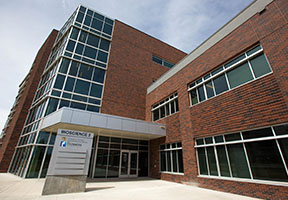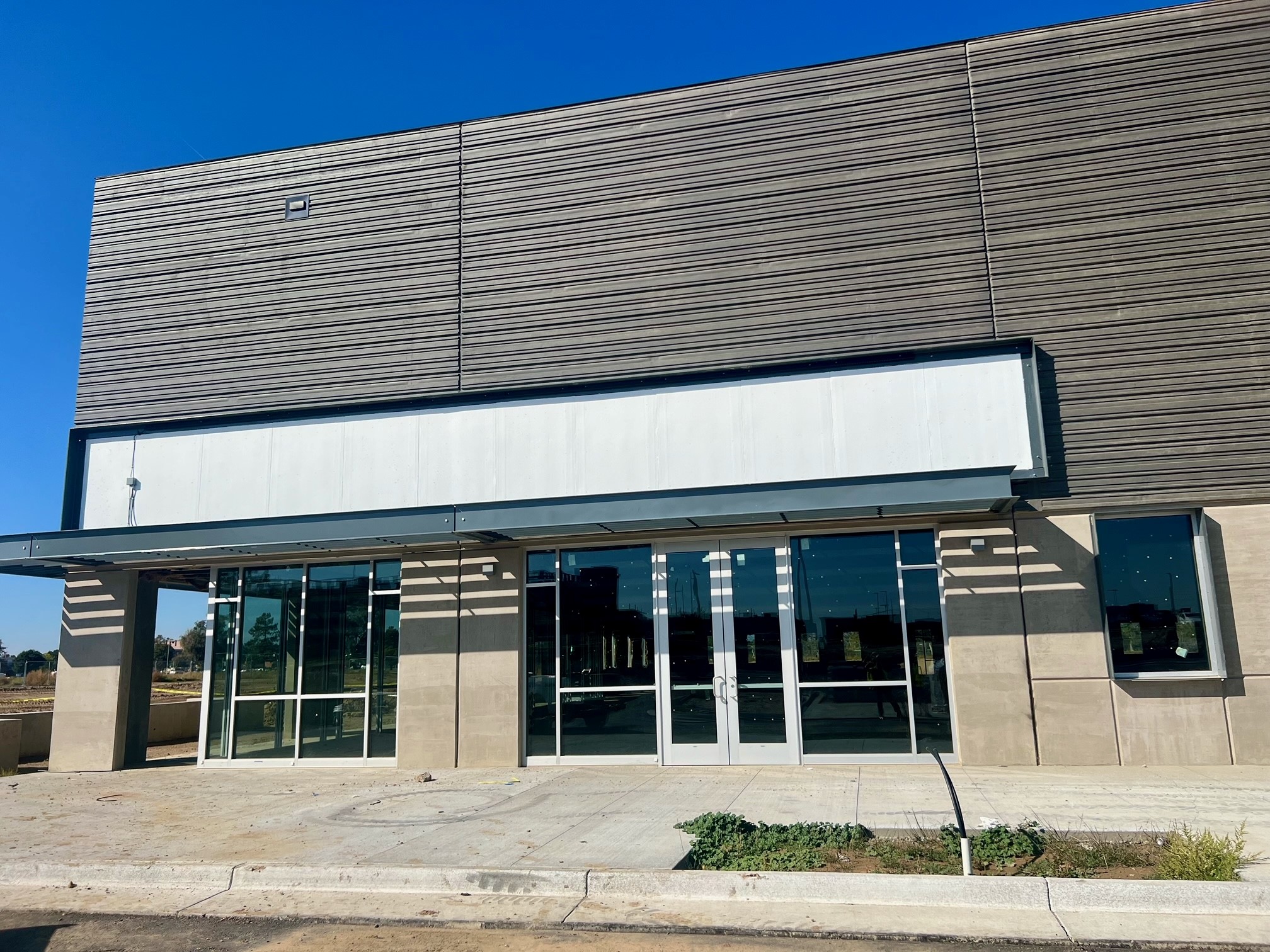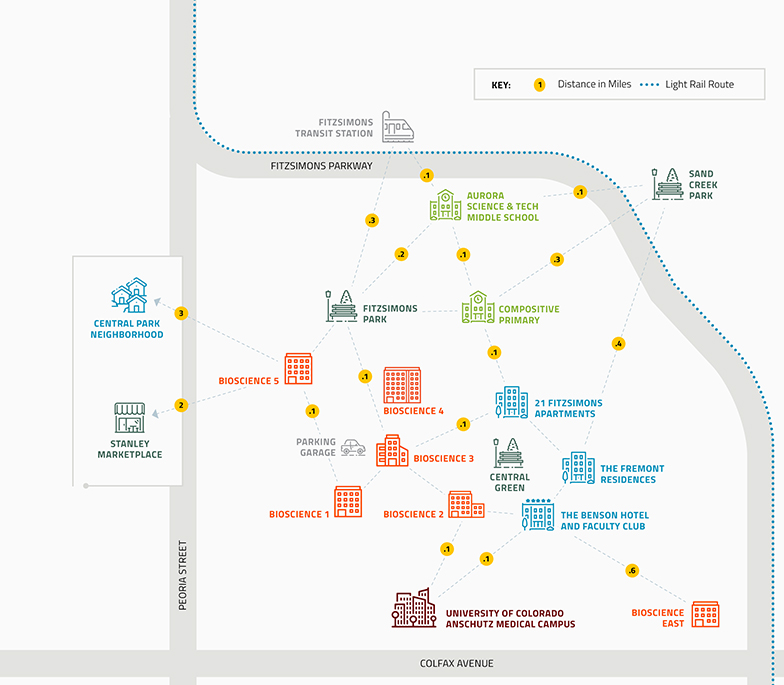
InVitria’s Technology Eliminates Risks and Protects Patients
InVitria was founded with a mission to eliminate the need for blood-derived raw materials in biomanufacturing and drug formulation, primarily targeting the growing demand for human and animal serum in emerging advanced treatments like cell therapies, gene therapies, and the new generation of vaccines.
Q: Tell us about your company or organization.
A: InVitria’s technology has brought to market the first and only recombinant albumin approved by FDA and EMA as an excipient in biologics. In contrast, our recombinant transferrin is currently used in market-leading cancer therapies. InVitria’s other single component and cell culture products are also currently included in multiple clinical material manufacturing processes across the globe.
Q: Describe your team culture. How does your culture shape what your company or organization produces or offers?
A: We believe in the inherent worth of all people worldwide and in the power of science to improve longevity and quality of life for everyone. Specifically, we believe the power of scientific innovation and a values-guided entrepreneurial spirit can solve some of the most vexing challenges facing humanity today. We value a connected and transparent culture on our team where every employee feels like they can share ideas, and feedback, and contribute to company-wide decisions and goal achievements.
Q: What are you working on right now?
A: We are focused on launching our new product, OptiFRZ, a cryopreservation solution designed for improved quality of new cell therapies targeting indications such as cancer and rare diseases. Our customers have shared the growing interest in eliminating a commonly used cryoprotectant dimethyl sulfoxide (DMSO) from their process due to the cell-damaging effects of the component while preserving an animal-origin-free process. We saw the need and a fit between our blood-free technology and the market’s needs and have developed OptiFRZ to specifically address the growing demand for such solutions while using it as an opportunity to further educate our customers in the cell therapy space about the challenges associated with the use of DMSO.
Q: How will your work save or change lives?
A: Our team often looks at the history of Fabrazyme, a treatment for Fabry disease, and Cerezyme, a treatment of Gaucher disease, as examples of what blood-borne viral contamination can mean for patients’ access to life-saving medicines. A contamination event at the manufacturing facility that reportedly originated from a serum-containing cell culture medium led to a decision to ration the available drug supply to one- third of the recommended dose for current patients and limit access to other patients in need. The change in the dosing protocol due to the drug shortage led to a patient-led petition for a license so that other facilities could eventually produce the drug. Still, many patients were negatively affected by the supply shortage before it became available again. InVitria’s non-mammalian technology is designed specifically to eliminate the possibility of such scenarios and remove the risk of contamination with adventitious agents such as mammalian viruses, prions, and other undefined pathogens.
Q: Tell us about your team’s biggest breakthroughs.
A: We are very proud to be the first company that brought to market recombinant albumin that was approved as a final formulation excipient in a global vaccine. Merck’s ERVEBO vaccine against Ebola is the first vaccine that includes recombinant albumin (InVitria’s Exbumin) to improve the stability of the drug product. Before this collaboration between Merck and InVitria, FDA and EMA had not approved a product with a novel excipient for over five decades. That project brought a mountain of new experiences for our team. It became one of the driving forces that helped us contribute to the next generation of vaccines against COVID-19 and other emerging viruses.










